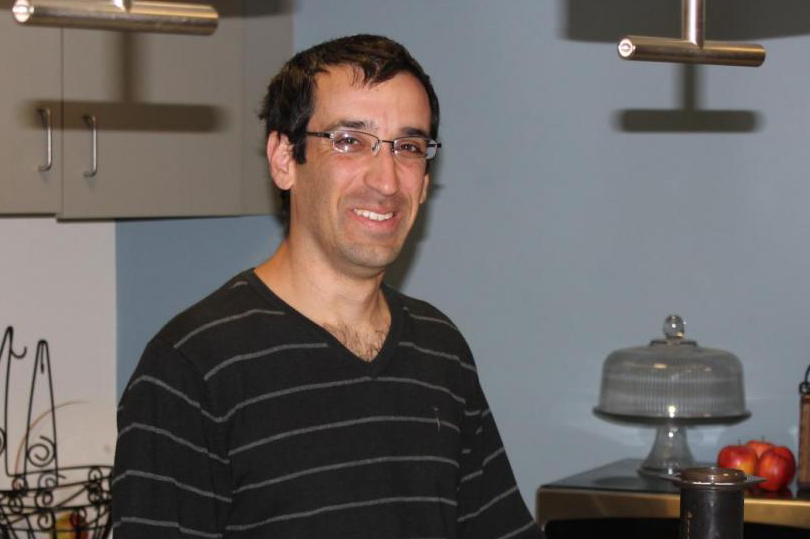
SESYNC is excited to welcome our newest postdoc Lee Mordechai! Learn more about Lee and his SESYNC research project.
Name: Lee Mordechai
PhD: History, Princeton
SESYNC Project: Rugged Resilience: Cities and the Environment in the Late Antique Eastern Mediterranean
How would you describe your primary field of study?
Medieval/byzantine and environmental history
What are the broad questions you are interested in studying?
My research focuses on periods of crisis, decline, and large-scale historical societal change in the premodern Mediterranean. Within this broad topic I’m interested both in how these large changes affected individuals and communities, and in how our contemporary understanding of them evolved (and continues to evolve!) over time. As the environment has been moving into contemporary discourse, research on premodern environmental history, with topics ranging from climate to plague, has been burgeoning. Since that research serves to better understand the past, but also to inform and justify the present, it fits well in my interests.
What inspired you to choose this field of study?
Over a decade of serendipity really. I imagine it as a continuous process of intellectual exploration, moving towards whatever draws my attention and attempting to understand it while picking up new ideas and questions. Understanding past socio-environmental interaction and its effects is a fascinating problem since our data is very limited, yet significant because of its importance for some of the long-term challenges contemporary societies are facing such as adaptation and sustainability.
Can you briefly describe your proposed SESYNC postdoctoral project?
At SESYNC, I’m going to investigate several Late Roman cities in the Eastern Mediterranean during Late Antiquity (c. 400-700 CE). Over this period, which included the fall of the Roman Empire and the rise of Islam, the region saw major societal transformations in politics, culture, economy, and religion which coincided with increasing environmental stress in the form of climate change and natural hazards such as earthquakes and epidemics. The cities I’m going to investigate experienced major change, so I am going to use different types of evidence - historical (e.g. texts), archaeological (e.g. excavations) and scientific (e.g. dendro data, ancient DNA, pollen) - to illuminate the process, then interpret the results through resilience frameworks. I hope the results will help us understand the macro-scale transformations and nuance our discussions of how past societies interacted with their environments.
Why is SESYNC the right place to undertake this research?
Projects such as mine are interdisciplinary and require pulling together different methodologies and ideas. SESYNC is an ideal place for such exploratory approaches since so many different people and ideas pass through, and just being here exposes me to scientific thinking, problem solving methodologies, and research which I can then introduce back into my discipline. SESYNC is also a great place to establish new collaborations and a wide network of contacts for future projects. At the same time, I am looking forward to contributing my own approach to the discussions here.
What are you reading right now?
The Book of Why: The New Science of Cause and Effect by Dana Mackenzie and Judea Pearl